In the blink of an eye, we must say goodbye to 2017. Looking back at this year's brilliant scenes, what impresses you? In the field of new energy vehicles, Gasgoo Xiaobian has passed nine key words to lead people to review those things in the 2017 new energy automobile market.
First, subsidy downhill
Although several ministries and commissions such as the Ministry of Finance, the National Development and Reform Commission, and the Ministry of Industry and Information Technology decided in 2015 on the general direction of the subsidy for new energy vehicles, the recent 2018 subsidy adjustment program for sloping slopes in the auto market still leaves many car companies unprepared.
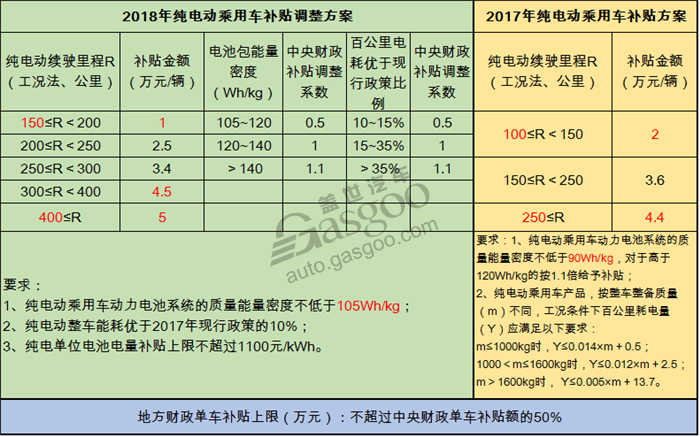
Comparison of Subsidy Adjustment Schemes for Pure Electric Passenger Cars in 2018
According to the exposure of the suspected subsidy manuscript, the threshold for new energy vehicle subsidy policy in 2018 will be higher, and informed sources disclose that the cancellation is also a high probability event. On the whole, the adjusted subsidy policy will encourage the development of high-mileage vehicles with high mileage and low energy consumption, which will accelerate the elimination of low-end production capacity in the market, and thus force new energy vehicle companies to carry out technological innovation.
According to the general direction previously determined by several ministries and commissions such as the Ministry of Finance, the National Development and Reform Commission, and the Ministry of Industry and Information Technology, new energy vehicles will subsidize 20% in 2016-2018 on the basis of subsidies in 2016, and the subsidy standard for 2019-2020 will decrease by 40 on the basis of 2016. %, until 2020 subsidies completely quit. If the latest subsidy policy is finalized, then the subdivided subsidy policy of 2018 will have the largest decline of nearly 40%, which means that the subsidy reduction standard in 2019 will be implemented in advance in 2018.
Up to now, the statement on subsidies for new energy vehicles in 2018 has not yet been formally confirmed by ministries and commissions such as the Ministry of Industry and Information Technology. However, the industry has been frying pans. Supporters believe that the introduction of subsidies as soon as possible, can help support the strong, accelerate the survival of the new car industry, the survival of the fittest, seize the opportunity for the own brand to occupy the market; opponents believe that frequent changes in the policy is not conducive to long-term business planning. According to Cui Dongshu, Secretary-General of the Federation of Travel Unions, “As the anticipated implementation of the double-integration policy in 2018 is postponed until 2019, this will have a greater impact on the development of new energy vehicle enterprises, which is not conducive to rational planning of enterprises. The withdrawal of a subsidy policy also requires The effective follow-up of other policies is balanced. In 2018, we are prepared to reduce the country's subsidies. If we cancel the subsidies, the pace will be somewhat faster. I think that the implementation of the double-credit policy also requires the extension of local subsidies to be withdrawn for one year."
Comments: If 2018 really subsidy falls as predicted, how will companies in the industry chain respond?
Second, dual-integration policy
On September 27, the Ministry of Industry and Information Technology, the Ministry of Finance, the Ministry of Commerce, the General Administration of Customs, and the General Administration of Quality Supervision, Inspection and Quarantine jointly announced the "Measures for the concurrent management of the average fuel consumption of passenger vehicles and new energy vehicle points" (referred to as the "double-integration policy"). The “boots†that have been discussed for a whole year finally landed on the ground, causing heated discussions in the industry, and it was followed by various car companies that had been overriding the field of new energy vehicles.
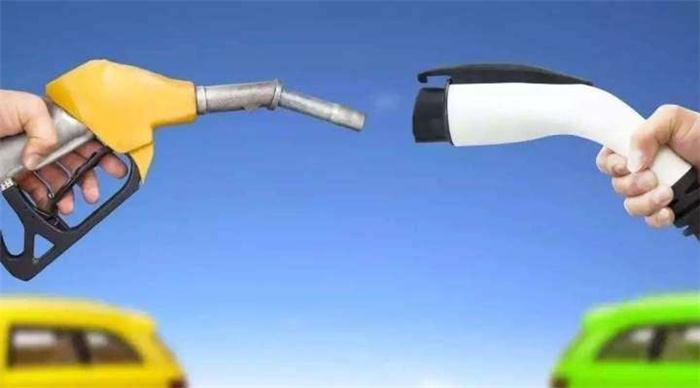
The double-integration policy will be implemented starting April 1, 2018. However, it is tentatively determined that there will be no penalty in 2018, and assessment will start from 2019. At that time, penalties will be imposed on non-compliance companies. This is in comparison with the previous double-credit solicitation. The request has a one-year buffer period. In addition, according to the regulations, the auto enterprises that implement the double-pointing standard are the traditional energy passenger vehicles that have an annual production volume or import volume of more than 30,000, that is, the new policy will output. From 50,000 to 30,000, more companies will be included. For non-compliant vehicle manufacturers, the production and sales of their traditional fuel vehicles will be affected accordingly.
Since the release of the double-score consultation draft in September 2016, the car companies have taken different attitudes. Some automakers, especially foreign automakers, have not paid enough attention to the new energy auto market in China because they are subject to the huge system of the traditional auto industry. Therefore, up to the official introduction of the double-pointing policy in 2017, they will come from Europe, the United States, and Japan. The four major automobile industry associations in South Korea are writing to the Chinese government (the competent authority) requesting that the quota plan for electric vehicles and hybrid vehicles be delayed or relaxed. The domestic auto makers have been deeply plowing in the field of new energy vehicles for a long time, and have successively clarified plans for new energy vehicles in the future. Therefore, the new energy auto industry has also been entrusted with the task of leading the Chinese auto industry to “carry overâ€.
With the official landing of the double-integration policy, the attitudes of domestic and foreign car companies have also changed, especially foreign car companies. Currently, car companies including Volkswagen, BMW, Mercedes-Benz, Honda, and Toyota have established their own electric vehicles. Plan to respond to the double-credit policy to be implemented in the Chinese auto market.
Comment: The dual-point policy plays an important role in the policy-driven market-driven process of China's new energy auto market. Under the double-integration policy, many traditional mainstream car companies have to face enormous challenges, but this It is an inevitable stage of the Chinese automobile industry in the adjustment period.
Third, build new forces
In the past three years, since the outbreak of the outbreak, the new forces in the people’s impressions appeared to be the representatives of “PPT Buildersâ€. However, with the continuous development of the “Ride Builder†campaign, the mass production models of the new vehicle manufacturers have entered the intensive market. Listed on the "night".
On December 16th, the highly-regarded Weilai Auto ES8 was officially launched. Its performance, price, and service concept refreshed consumers' traditional car concepts. In fact, before the launch of Weilai Motor, Yundu New Energy's first pure electric SUV was listed on October 10. On December 22, Yundu also successfully entered the Beijing New Energy Vehicle Promotion Catalog; Tian Xiaopeng's first pure electric SUV was put into production at the Haima factory in Zhengzhou. On December 3, He Xiaopeng drove the Beijing brand Xiaopeng for the first time and opened on the streets of Beijing; on the eve of the Guangzhou Auto Show on November 16, the electric coffee The first new car EV10 was officially launched; on December 11th, the Weimar Automobile brand was officially released, and its first SUV production car EX5 was also officially unveiled. The pre-sale will be opened in April next year...
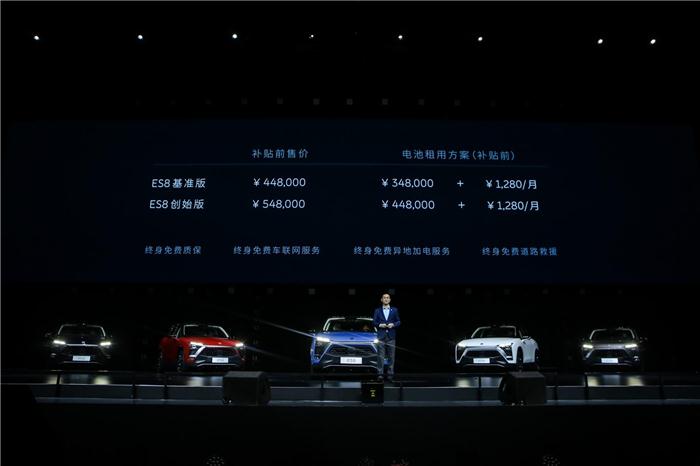
Weilai car ES8 price
According to the product planning of the new vehicle manufacturers and the actual progress of vehicle construction, the next two years will usher in the intensive listing of the new vehicle manufacturers. While car manufacturers are making intensive preparations for mass production, financing and cooperation are also being conducted at the same time. Especially near the new year, the news about the financing of new vehicle builders frequently dominated the headlines. In the last two months, Weilai Automobile, Zerui Auto, Xiaopeng Automobile and Weimar Automobile have been favored by capitals, and another car maker has invested billions of dollars. Wei also continued to improve its supply chain system. In December alone, it signed strategic cooperation agreements with Bosch, Siemens and George Fischer.
Comments: The new vehicle builders have injected a fresh blood into the Chinese automobile industry, providing a new type of thinking and model for the development of the automotive industry. In the increasingly competitive market, it is looking forward to the current domestic 60 New forces, which can be the last laugh.
Fourth, the new energy joint venture tide
In June this year, witnessed by the Chinese and German prime ministers, Volkswagen and JAC established the JAC Volkswagen JV to carry out all-round cooperation in the field of new energy vehicles, thus breaking the foreign joint venture's domestic joint venture in China. There are two policy red lines.
With the birth of the joint venture of Jianghuai Volkswagen, a wave of new energy joint ventures followed. On July 5th, under the common witness of Chinese President Xi Jinping and German Chancellor Angela Merkel, Beijing Automotive Group and Daimler signed a new framework agreement. Both parties stated that they will jointly invest RMB 5 billion into Mercedes. - Mercedes-Benz brand pure electric vehicle products, set up pure electric vehicle production base and power battery factory in Beijing Benz. Ford Motor announced on August 22 that it had signed a memorandum of cooperation with Zotye Automobile and the two parties will provide Chinese consumers with pure-electric vehicles using their own brands. The two parties will each hold 50% of the shares. On August 27th, Dongfeng Motor Group Co., Ltd. and Renault-Nissan Alliance announced that they will establish a new joint venture, Easyjet New Energy Automobile Co., Ltd. to jointly develop electric vehicles and sell them globally. Then, the media exposed the rumors of the BMW Great Wall joint venture, although in the end the Great Wall Motors and BMW's response to the outside world are relatively obscure, but the recent news of the new Great Wall Motors base in Yongchuan, Chongqing, let the industry think about the joint venture of the BMW Great Wall. .
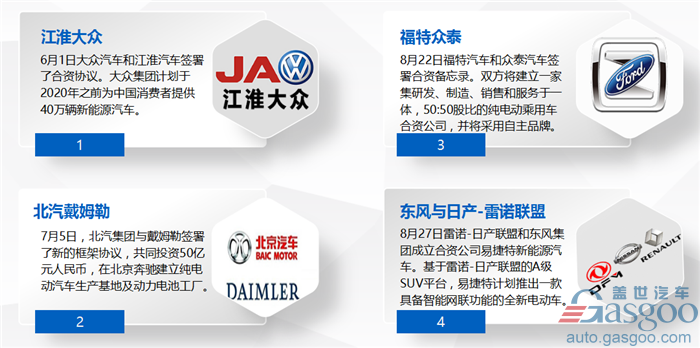
With regard to the arrival of the new energy joint venture, some analysts believe that foreign companies that respond relatively late to new energy vehicles in the Chinese market are facing tremendous pressure from double-integration policies. The joint venture with Chinese companies to establish new energy companies has become a new attraction for them. Shortcuts to energy "points." Supporters believe that this wave will help stimulate the rapid iteration of independent new energy vehicle brands. Under the conditions of the survival of the fittest, autonomous new energy vehicles will certainly take the lead. Opponents are worried that the new wave of joint ventures will repeat the mistake of "using the market without technology exchange."
Comments: The wave of new energy joint ventures has eroded the cooperation of the traditional automotive industry. The front road is full of too many unknowns, but fierce competition is inevitable.
Fifth, foreign shares than to release
Since the reform and opening up, in order to "protect" China's automobile industry to a certain extent, it has not been affected by excessive foreign investment. The state has stipulated that the joint venture company's equity ratio is a 50:50 equal joint venture between Chinese and foreign parties, but this situation will be new. The energy automotive sector took the lead in changing. In November, during the US President Trump’s state visit to China, Chinese Vice Minister of Foreign Affairs Zheng Zeguang disclosed that by June 2018, special vehicles and new energy vehicles will be launched within the pilot area of ​​the Free Trade Zone. The ratio of foreign-invested shares was limited to the pilot work, which means that substantial progress has been made in the “opening of foreign energy shares in new energy vehiclesâ€.
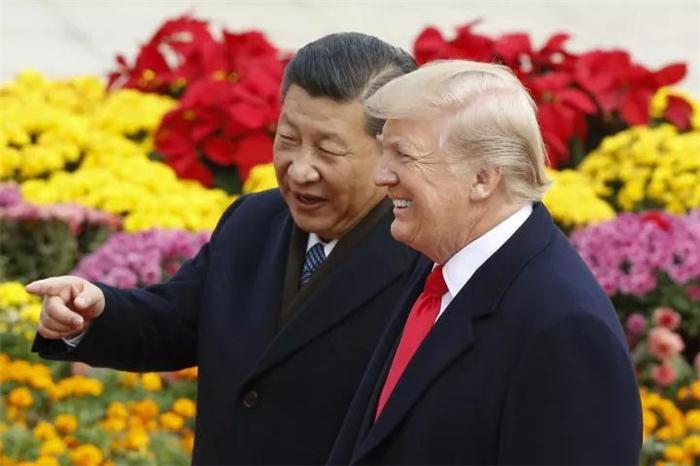
With production and sales volume ranking first in the world for eight consecutive years, China has suddenly become a major automobile country. At this time, the Chinese automobile market has the ability to rise from a follow-up position to a dominant position. It is a leaps and bounds, so liberalization of the stock market ratio makes it possible for the Chinese auto industry to generate in the “wild wilderness†the only way to become a powerful automobile country.
“In the past, China’s own brands had been protected by policies for 30 years, but they still could not go out. Now that policy liberalization is required, independent car companies should rely on their own strength to develop in the future development, especially in the field of new energy vehicles. The future will be more guidance and support, and will no longer be blindly protected,†said China’s auto industry advisory committee, Chen Guangzu.
The liberalization of foreign energy shares of new energy vehicles will provide an opportunity for foreign investment in new energy vehicles to deliver in the Chinese market. This represents Tesla. Entering 2017, Tesla’s news about building factories in China has cropped up. Even with the “signed†pictures of the Shanghai Municipal Government, the Tesla has been pedantic in the face of frequent rumors. Even so, Tesla Lara's desire to build a factory in China is probably self-evident.
Comments: Is the carp approaching and domestic independent new energy auto companies ready?
Six, ban the sale of fuel vehicles
Although the “forbidden sale of fuel vehicles†is not a new energy vehicle that is directly targeted, the outbreak of the new energy automobile market is no different from the catalyst. On September 9 of this year, at the 2017 TEDA Forum, Xin Guobin, Deputy Minister of Industry and Information Technology, revealed that “Some countries have set a timetable for stopping the production and sales of traditional energy vehicles. The Ministry of Industry and Information Technology has also started related research and will also The relevant departments formulate our country’s timetable, and these measures will surely promote profound changes in the environment and power for the development of China’s automobile industry.â€
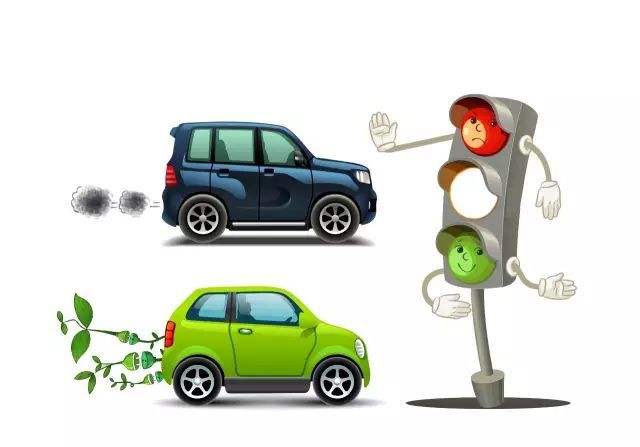
The phrase stirred up a wave of waves, and combined with the ban on the sale of fuel vehicles by other countries around the world, it is expected that a wave of “forbidden sales of fuel vehicles†will be inevitable. Not to mention when the ban on the sale of fuel vehicles in the end, it is undeniable that the impact of new energy vehicles has begun to show.
On the one hand, from the domestic perspective. In late September, BYD chairman Wang Chuanfu estimated that the time for gasoline vehicles to withdraw from the Chinese market was in 2030. BYD is working with other new energy companies to provide suggestions to the country and hopes to issue a timetable as soon as possible. On October 19, Changan Automobile announced the new energy "Shangri-La Plan", announcing that it would officially ban the sale of fuel vehicles in 2025 to achieve electrification of the full-spectrum products. In December, Beijing Automotive Group announced in a high-profile manner that in addition to special vehicles and special-purpose vehicles, it will take the lead in Beijing to completely stop sales of its own-brand traditional fuel passenger vehicles by 2020, and will completely stop production and sales of its own brand of traditional fuel oil in China by 2025. Passenger cars ... On the other hand, car companies in various countries are facing increasingly stringent restrictions on fuel vehicles, have adjusted their industrial structure, and vigorously develop new energy vehicles. Volkswagen, Ford, Toyota, Mazda and others have their own electric motors. Car planning.
Comments: Whether the “forbidden sale of fuel vehicles†can be realized within the planned time of car companies, the industry has different opinions. Even if it cannot be realized in the short term, it cannot hold luck because the development of new energy vehicles provides an opportunity for car companies. Anyone who can seize the opportunities will have more say in the future car market.
VII. Sales of New Energy Vehicles
In 2017, due to the reexamination of the new energy vehicle promotion catalogue, the sales of new energy vehicles have fallen in a cliff-type manner. However, with the re-adjustment of the subsidy policy and the gradual return of market demand to normal, this year's production and sales of new energy vehicles have become tenacious and strong. According to data from the China Automobile Association, in November 2017, sales of new energy vehicles were 119,000 units, an increase of 83% year-on-year. Monthly production and sales reached a record high, and the monthly consecutive monthly increase of 10 months was realized. From January to November, new energy sources The sales volume of automobiles was 609,000 vehicles, an increase of 51.4% year-on-year.
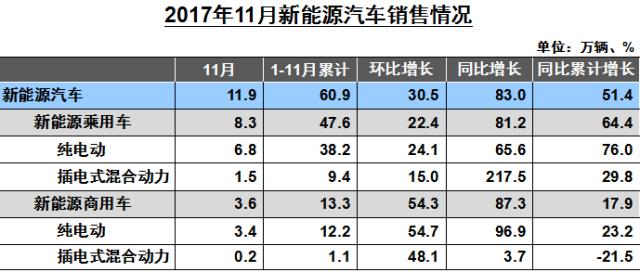
Image source: China Automobile Association
Xu Haidong, Assistant Secretary-General of China Automobile Industry Association, said that according to the current growth rate, the sales target of 700,000 vehicles for new energy vehicles in 2017 should be achieved. It is expected that the sales growth of new energy vehicles will remain at 40% to 50% in 2018, and the sales of new energy vehicles will exceed 1 million next year. With the continuous adjustment of industry subsidy policies, the direction of support for the new energy automotive industry has begun to shift to “helping and supporting the best†and the industry has entered a phase of adjustment and upgrading. The industry believes that in 2018, under the influence of multiple factors such as the acceleration of subsidy, the entry of foreign brands, and the opening of double-integration policy, China’s new energy auto industry will be driven by the government and accelerated to the market.
Comments: The state's subsidy policy for the industry is accelerating. After 2020, new energy vehicle subsidies will be fully withdrawn. This also means that the government-led model of fostering the market is coming to an end, and companies are leading the way in cultivating a new phase of the market. The market will soon face the test brought by the post-subsidy era.
Eight, new energy passenger vehicle production qualification
From May 2016, BAIC New Energy won the NDRC's new energy vehicle production qualification (hereinafter referred to as the “new energy automobile licenseâ€). By May 2017, the mass production of the JAC pure electric vehicle was approved by the Development and Reform Commission. In one year, there was a total of 15 enterprises have obtained new energy vehicle licenses from the National Development and Reform Commission, namely Beijing Automotive New Energy, Changjiang Automobile, Future Automobile, Chery New Energy, Jiangsu Min'an, Wanxiang Group, Jiangling New Energy, Chongqing Jinkang, Guoneng New Energy, and Cloud. New Energy, Zhidou, Sudar, Hezhong, Luzhou Local Boats and Jianghuai VW.
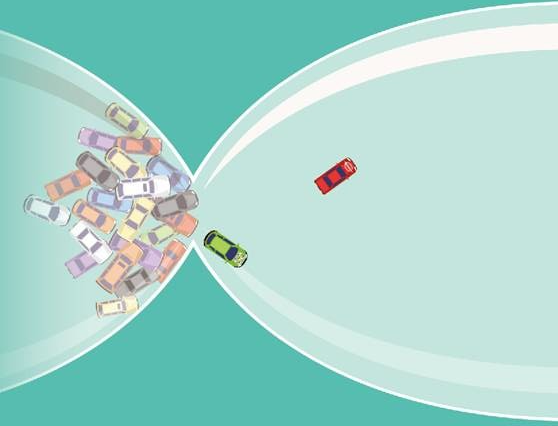
After the approval of the 15th pure electric passenger car production project, the progress of the approval of the newly-built pure electric passenger vehicle production project has been suspended and has not been restarted to date. However, the access of the Ministry of Industry and Information Technology has been gradually opened. Up to now, there have been a total of five car companies that have entered the “Announcement of Road Motor Vehicle Manufacturing Enterprises and Products†issued by the Ministry of Industry and Information Technology. These are Beiqi New Energy, Yundu New Energy, Jiangling New Energy, and Lanzhou Zhidou. Changjiang Automobile.
Comments: Obtaining approval from the National Development and Reform Commission and approval by the Ministry of Industry and Information Technology, the company is only qualified to build a pure electric passenger car by itself. However, the product needs the approval of the Ministry of Industry and Information Technology before it can be listed and sold. According to relevant laws and regulations of our country, 10 companies that have not yet entered the MIIT catalogue are still unable to sell their cars by listing. Based on the production capacity ratio, the 5 companies that can carry out the listing and sale of vehicles have been approved with a production capacity of 275,000 vehicles, accounting for 30.2% of the approved production capacity of 910,000 vehicles.
IX. Investment and Financing
According to incomplete statistics, over the past year, various automobile groups or newcomers across the country have announced that they have invested in building more than 70 new energy vehicle vehicle projects. The total planned investment has reached over RMB 450 billion, and the planned production capacity has reached an astonishing 1100. More than 10,000 vehicles, new energy vehicles into the "fast lane." In addition, according to the approved investment scale and capacity planning for newly-built pure electric passenger vehicles, the total investment is approximately RMB 32.8 billion and the planned production capacity is 910,000, and the investment per 10,000 capacity is approximately RMB 360 million. The hot market for new energy vehicles has stimulated the investment boom in related industries, especially the power battery industry and materials industry. As a strategic emerging industry, new energy vehicles are playing a leading role in investment.

While car companies have increased their investment in new energy vehicles, capital is also rushing for new forces. On December 22, Weimar Automobile announced once again that it had won a new round of investment in China's State-owned Enterprise Structure Adjustment Fund, Minmetals Capital (Hong Kong), Tencent and Sequoia, plus the recent plunge of Baidu Capital, the financing amount of Weimar Automobile. Approaching 20 billion. On December 15, Xiaopeng Automobile Chairman He Xiaopeng revealed that the company has completed three rounds of A+ round of financing, and will announce the round B financing plan at the beginning of 2018. On December 4, the zero-run car announced its acquisition of outside financing in Wuzhen. The pre-A round of financing was led by Sequoia Capital China Fund ("Sequoia China"). Previously, Tencent had two shares in Weilai Auto, and Ali was also involved in the second round of financing of Xiaopeng Auto. In addition, in March of this year, Baidu and Tencent together led the Series C financing of Weilai Auto. At this point, China's three Internet giants have entered the field of new energy vehicles.
Comments: Capital for the new energy automotive industry chase for all to see, but the decisive role for enterprise development lies in the creation of core technologies and products, after all, whether the ultimate market acceptance is not the number of corporate funds, but whether the product is Consumer acceptance.
Outstanding summary:
In 2017, if the gap between the new energy auto market and the gap exceeds one another, the new energy auto market will leap forward. A sales volume of 700,000 new energy vehicles will be available this year, and the new energy auto market has many opportunities.
It is not difficult to see from the nine key words summarized by Gasgo Motors that China's new energy vehicle market is still in a policy-driven stage, and the new energy vehicle market is extremely sensitive to changes in policy, which is reflected in the change in production and sales with policy changes. Fluctuations occur. However, what is worth looking forward to is that with the subsidy retreat, the opening of new energy companies' foreign-capital stocks ratio and the implementation of the double-integration policy, the government is gradually withdrawing its visible hand to let the market's invisible hand play a greater role.
When the joint venture of new energy sources, wholly foreign-owned new energy vehicles, and new product of R & D began to flow into the domestic auto market, the competition will be fierce, but it must be very exciting!
Sand Processing Equipment,Fine Hexagonal Sieve,Bucket Elevator Machine,Clay Sand Production Line
Changzhou Qiaojie Casting Equipment Co., Ltd. , https://www.jsqiaojie.com